What is Slow Fashion and Why it Matters
Remember the story about the tortoise and the hare?
If you reach back to the depths of your childhood memory, you might remember the moral takeaway being: slow and steady wins the race.
Food and fashion have a lot in common, or at least fast food and fast fashion do. They may be cheap, but they’re also awful for our bodies, our planet, and the people responsible for producing them.
It was the slow food movement that inspired its clothing counter-part. Credited to author, designer, consultant, and professor Kate Fletcher, she believed the fashion industry could use a “Slow Down” sign.
But exactly what is the meaning of slow fashion?
Join us on a leisurely stroll down the runway to find out.
QUICK LINKS FOR WHAT IS SLOW FASHION?
What is the Slow Fashion Trend?
How to Join the Slow Fashion Movement
WHAT IS THE SLOW FASHION TREND?
WHAT IS SLOW FASHION?
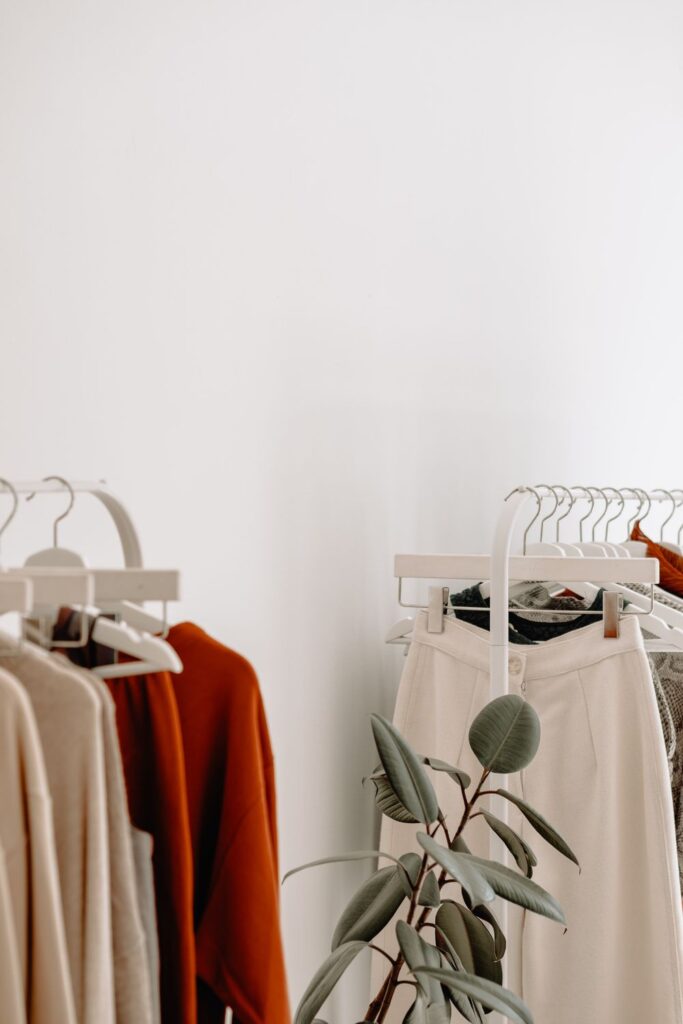
What is the slow fashion movement, you ask?
The most accepted slow fashion definition states it is a “facet of sustainable fashion and a concept describing the opposite to fast fashion, part of the ‘slow movement’ advocating for clothing and apparel manufacturing in respect to people, environment and animals.“
If it’s a response to fast fashion, then what is the difference between slow fashion and fast fashion?
To answer that, let’s look deeper at the history of the slow fashion trend.
Prior to the industrial revolution, what we wore was sourced locally and produced out of nearby textiles and resources. Durability was the main priority when shopping, clothes needed to last a long time.
Trends were slow-moving because clothing for the majority served as a utility or function, not a luxury.
The rich few aside, there was no need (nor the means) to have a continuously-evolving wardrobe.
The slow fashion movement takes us back to these simpler, more sustainable times…but without all the plagues and cholera.
What are the characteristics of slow fashion?
It starts at the manufacturing level, with brands considering what goes into their garments and who makes them.
Instead of cheap, virgin synthetics, slow fashion clothes are made from durable and sustainable fabrics. Garments are produced in small batches, and only have a few styles for each collection.
Most importantly, the designs are timeless and the craftsmanship high-quality. Longevity is crucial.
Going beyond a brand’s efforts to make sustainable and ethical fashion, the slow fashion movement asks you to take up your own mantle of responsibility, too, namely by:
- Adopting a non-consumerist mentality
- Shifting toward shopping habits that benefit the planet and the people who call it home.
Put simply, fast fashion encourages constant consumption, through cheap short-lasting garments designed to fit “micro seasons” so they’re no longer in style after a week or two.
Slow sustainable fashion, on the other hand, promotes timeless garments made with durable designs that can be used for years.
Let’s take a lookbook at why slow fashion matters and how we can join the slow fashion movement and become slow (but equally fierce) fashionistas.
WHY DOES SLOW FASHION MATTER?

What do BOGO sale signs and that peplum dress for $10 in a shop that changes its stock every week have in common?
When framed that way, the answer, we know, is obvious and it’s the same as why we should avoid fast fashion.
It’s about saving our planet and the people responsible for making our clothes.
It’s critical that we stop chasing trends—or we’ll end up paying a lot more than just the price of that cheap peplum dress.
Here’s why:
We’re buying more clothes than ever.
In 2014, we bought an average of 60% more clothes than we did in 2000. We were much quicker to ditch each garment too, keeping it for just half as long.
Part of that blame lies on our fickle sense of fashion and impulsive buying habits.
The rest should be put squarely on the shoulder pads of fast fashion, whose ever-changing styles convince us that the blouse we bought last week is no longer hip.
Let’s not forget the cheap manufacturing and planned degradation that keeps us going back for more every time those short-lived leggings get a new hole (which is too often).
More clothes are ending up in landfills.
Every single second, the equivalent of one garbage truck of clothes is making its way to a landfill or to be burned. This is enough to fill up 1.5 Empire State Buildings every.single.day.
Most of our clothes are made of plastic, too, which means they’re non-biodegradable, which also means that they can remain in landfills for up to 200 years.
That doesn’t mean natural fibers are immune to landfill waste.
While the likes of cotton and wool are biodegradable, they can’t biodegrade properly when buried under mounds of plastic. Instead, they’ll break down anaerobically (or without oxygen) and release methane gas, the most potent of all greenhouse gases.
Fashion is thirsty.
It requires around 2,700 liters of water to make just one cotton shirt. That’s enough water to support a very hydrated person for two and a half years. That sassy graphic tee better be worth the global water shortage we’re facing in a few decades.
Cheap fashion = unfair wages.
Garment workers are notoriously exploited. One study found that Bangladesh garment workers (primarily women) only make about $96 per month.
A measly sum for working in dangerous factories on the verge of collapse. Don’t forget, it was in Bangladesh that the infamous Rana Plaza incident happened, waking the world from its sweet style dreams.
Not to mention that $96 is when they are paid.
A 2018 report found that child labor and forced labor were rampant in the fashion industry, and reported in countries like Brazil, China, Argentina, Bangladesh, India, Vietnam, Turkey, Indonesia, and the Philippines.
Why slow fashion matters: it’s a solution.
Doom and gloom, it seems, is the new black.
But it doesn’t have to be.
We can all be a part of it and help answer the question, “What is the slow fashion movement and how will it shape the future?”
We’re at the beginning of a radical transformation of the fashion industry and anyone, on any budget, can play a role.
HOW CAN YOU JOIN THE SLOW FASHION MOVEMENT?
1. CONSIDER HUMAN RIGHTS AND SUPPLY CHAIN CONCERNS
Fashion Revolution’s #WhoMadeMyClothes movement asked a question we should have been asking all along.
Inspired by the Rana Plaza building collapse, which killed 1,138 garment workers in Bangladesh, this simple question has shed some light on the faces behind fast fashion.
It also lays the foundation for why slow fashion is important.
When all we see is the end product, we’re unaware of the people involved and how human lives are impacted by our wear-once fashion trends.
The fashion industry is tarnished by exploitation and abysmal working conditions. It’s not difficult to find reports of insane working conditions and cases of physical or sexual abuse. Then there are cases of child abuse, forced labor, unfair pay, and exposure to toxic chemicals…
This may seem like an insurmountable problem—but there’s one saving grace for the slow fashion trend: transparency.
More and more brands are publishing lists of their manufacturing partners, sharing details about their workers and wages, paying for third-party audits, and rolling out Codes of Conduct that ensure fair wages and healthy working conditions.
This is where you can help. Get out your magnifying glass and read through the details on a company’s website. The more they share, the better—especially awareness of shortcomings and plans to address them.
If you aren’t satisfied with what you see, let a brand know. Ask them questions to get to the bottom of their supply chain. Asking also tells brands we as consumers want to know those details because transparency is a must.
2. BUY LESS
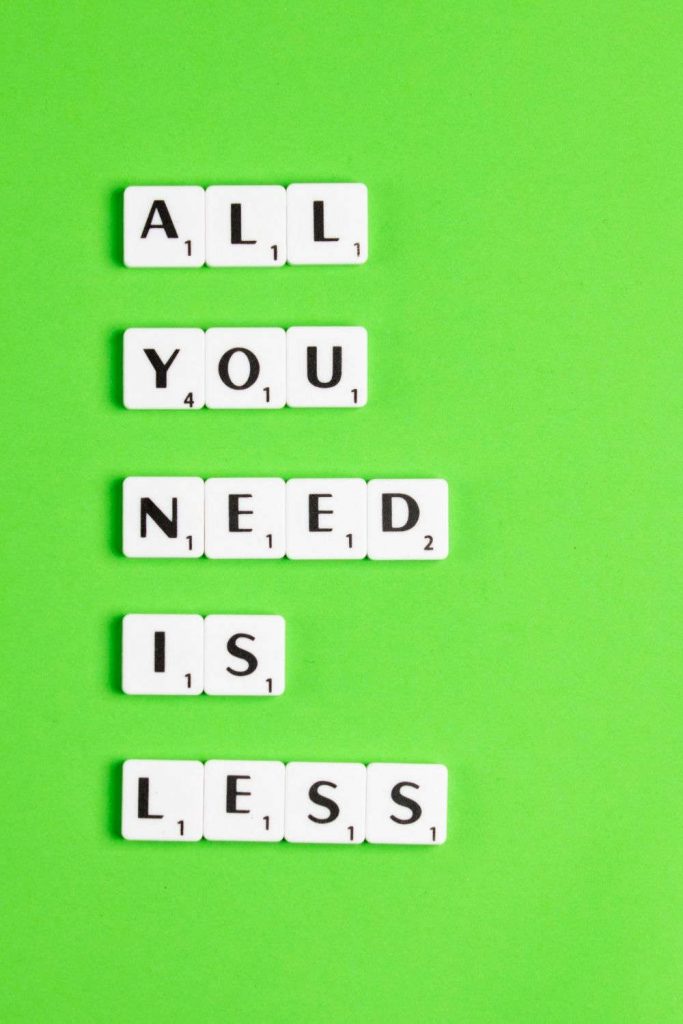
This tip isn’t exactly a fun one, but it’s essential to support slow sustainable fashion.
Let’s face it, we don’t need six pairs of jeans, three winter coats, five fair trade hats, and oh-so-many pairs of shoes.
An overabundance of clothes causes commotion in our closets and isn’t a great look for our planet.
Take a good, hard look at your closet and pull out the pieces you love and actually wear. Then, ditch the rest…doing your best to rehome, recycle, or rot (aka compost) them, of course.
Take it further and try a “capsule wardrobe” on for size.
This collection of just 37 items for each season minimizes your wardrobe to versatile pieces you actually enjoy wearing.
If that feels a little too extreme, start small.
When you feel the “need” to buy something new, appraise what you already have. Yes, we all love shopping therapy but when you consider the consequences of our spending habits (see tip #1), you’ll see what’s therapeutic for you might be torture for someone else.
At the end of this exercise, you’ll also realize you likely have more time, energy, and money for things that truly matter.
After all, a minimalist wardrobe makes getting dressed a much simpler process.
3. REALIZE YOU GET WHAT YOU PAY FOR
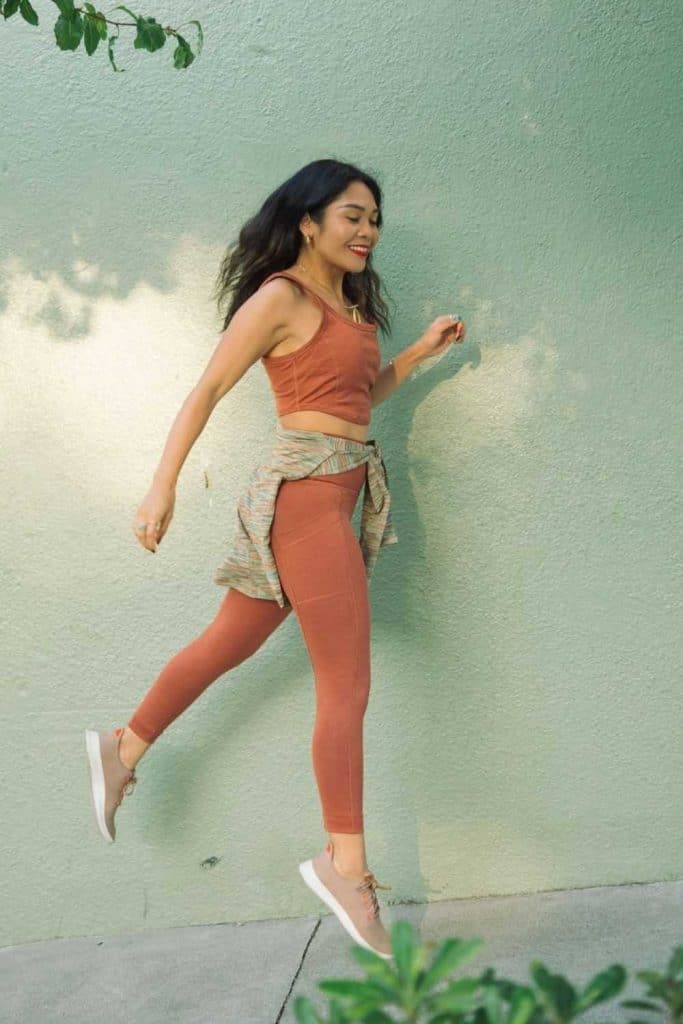
It’s hard to not fall for price tags that are equal to a few cups of coffee. But when we’re saving $10, $20, or $100 at checkout, someone or something else is picking up that cost.
We have never had as much clothing available to us as we do now and for dirt cheap prices. Dirt cheap, unfortunately, means dirt quality (though frankly, dirt i.e. soil is great so not a fair analogy, but you get the point).
Lower prices start with cheaper fabrics, like polyester, which is made from fossil fuels and makes up more than 50% of all clothing we wear today.
Like most plastics, polyester can vary drastically in quality and durability, and the cheapest poly won’t last more than a few workouts.
Cheap fabrics need to be processed cheaply to keep prices down, too.
Hence why we outsource labor to poor countries with low minimum wages and paltry workers’ rights protections. Instead of manufacturing in the US (like the majority did before 1994), more than 97.5% of what we wear is made outside of the US.
Unfair labor practices aside, greater shipping distances across the supply chain contribute to a larger carbon footprint associated with the fashion industry—which makes up 10% of global emissions.
4. READ LABELS
Fast fashion loves synthetic fibers; slow sustainable fashion makes use of more Earth-friendly fabrics.
Every garment has a label, so you can identify whether your product has been made with a material you and Mother Earth can be proud of.
Rather than adding more nylon, polyester, acrylic, spandex, and lycra, to your wardrobe start actively seeking eco fabric alternatives.
These include natural (i.e. organic cotton and hemp fabric), responsibly-produced semi-synthetic (i.e. lyocell and modal fabric), or recycled synthetic fibers.
5. SHOP DIFFERENTLY
When you do shop for something “new”—explore alternative ways of finding something to wear.
You don’t need to go to the mall or shopping center to spend your hard-earned cash. Nor do you need to head to the online shopping behemoth (ahem, ahem, Amazon) to order something to fill that gap in your wardrobe.
Get conscious, get creative, and vote with your dollar in a way that won’t just support large clothing corporates.
Here are a few ideas to get the ball rolling:
Shop small and local.
It may be hard to find small, local boutiques and fashion brands buried underneath the big names in fast fashion, but they exist—and they need our business!
Check for an independent clothing brand in your area or, if you want to stay socially distanced, turn to one of our favorite online marketplaces for small businesses: Etsy. They offset all shipping emissions and allow you to search by town or state to support makers in your area.
Host a clothing swap.
For new-to-you fashion finds and a great way to reconnect with old friends, host a clothing swap. Have everyone bring a bag of clothes (and maybe a bottle of wine), then you can all try on “new” duds to your heart’s content.
One friend’s fashion faux pas is another friend’s favorite fierce getup.
Go vintage.
If the thrill of shopping just isn’t something you can shake, turn your attention to thrift stores and vintage shops.
This is one of the best options for finding affordable and unique garments, and it helps to keep valuable clothing out of landfills.
You can do this from your own couch, too, thanks to online thrift and vintage sites. And for making the most out of your thrifting efforts, here are our best thrift shopping tips.
And remember, this is a two-way street – to sell used clothes online is now easier than ever and diverts your own textile waste from hitting the landfill.
Check out a rental.
Online clothing and dress rental is also becoming increasingly popular and offers a streamlined way in which to solve one of life’s greatest enigmas: figuring out what to wear.
With these websites, you’ll be able to don garments from some of the world’s most luxurious designers, at a price that makes it accessible to nearly anyone.
Repair instead of replacing.
Few things are worse than finding an unfortunate hole in your perfectly broken-in blue jeans. Don’t fret and start searching for sustainable denim just yet.
Before deciding what to do with old clothes, take some time to determine if a replacement is actually necessary. If not, earn a new skill and repair it yourself.
You can accomplish a lot with just a needle and thread.
If you don’t have the tools (or patience) to fix the zipper or mend the tear, find a local seamstress or tailor (or mom) to do it for you.
For those without these resources, numerous online clothes repair services are popping up around the globe. Clothes Doctor, for instance, can repair, alter, and mend most flawed fashion pieces. All you need to do is pop them in the mail.
6. SUPPORT BRANDS SUPPORTING THE SLOW FASHION TREND
The slow fashion trend is, well, #trending.
Aware of all of the problems, many fast fashion alternatives have been taking a stand for a fairer and more sustainable fashion industry.
Now you can find slow fashion brands and even zero waste fashion brands for nearly any garment or adornment under the sun— from ethical engagement rings to sustainable sneakers.
FINAL THOUGHTS ON WHAT IS SLOW FASHION
Why slow fashion matters is this: we have no alternative.
We’re literally zipping and buttoning our way to planetary collapse, and hurting millions of lives in the process.
If we don’t embrace slow sustainable fashion en critical mass, Katniss Everdeen’s dress won’t be the only thing catching fire.
Fast fashion vs slow fashion are two opposite sides of the reversible jacket, but they have one common denominator: us. While there are many brands that are stepping up and correcting some of the problems of fast fashion, they require us as consumers to meet them halfway.
It’s economics 101: without demand, there can be no supply.
We know why slow fashion is better, but we have to keep applying the brakes to fast fashion. Shop less, shop smarter, shop used, and finally support slow ethical fashion brands.
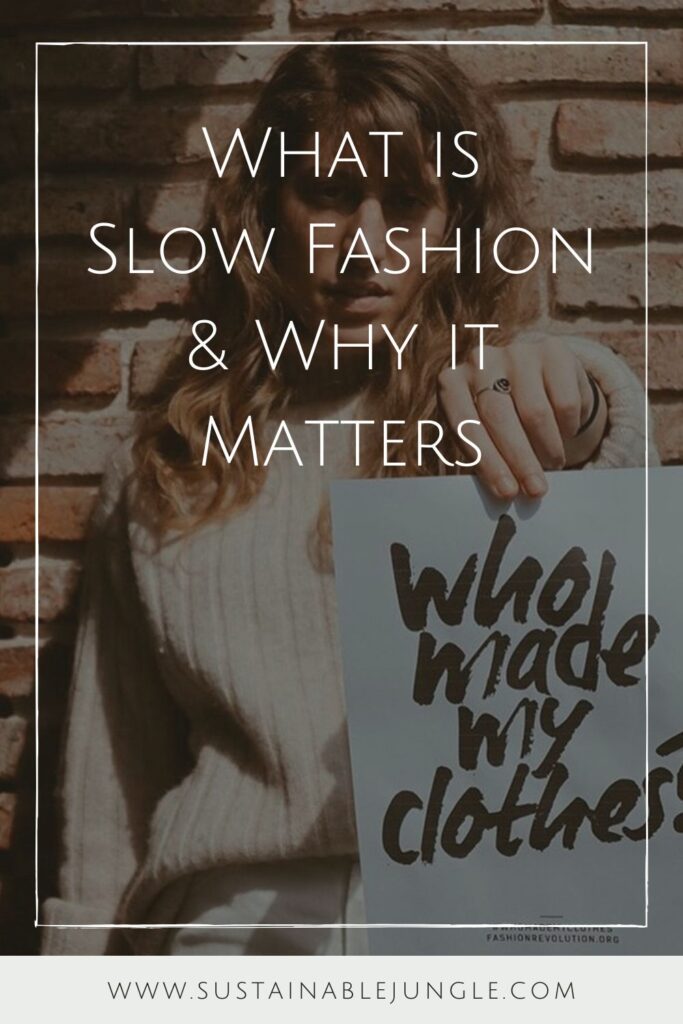

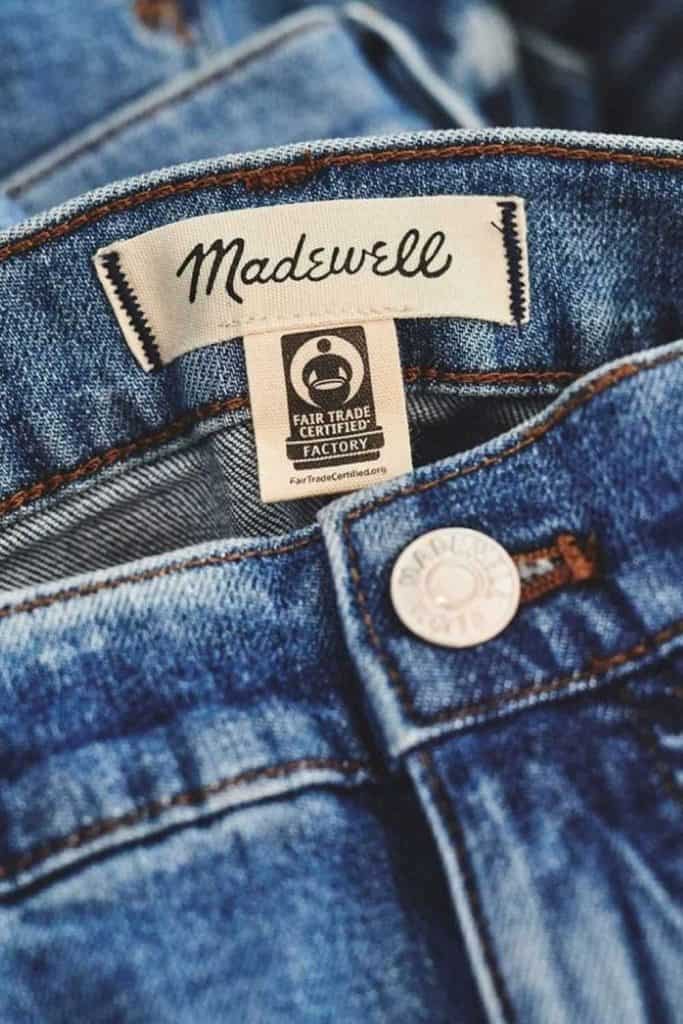
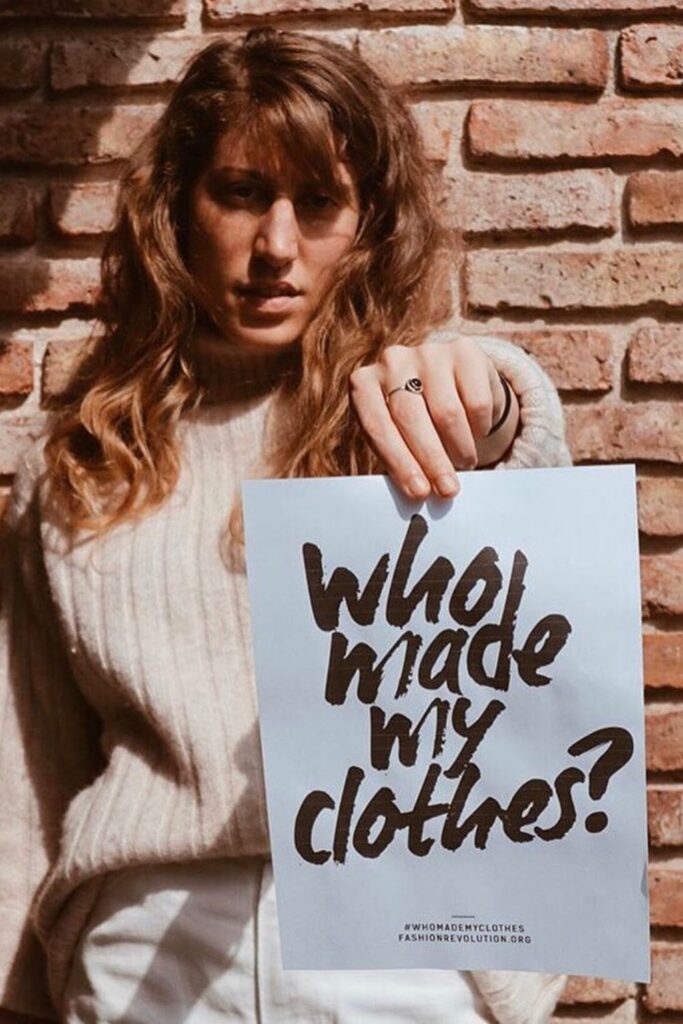
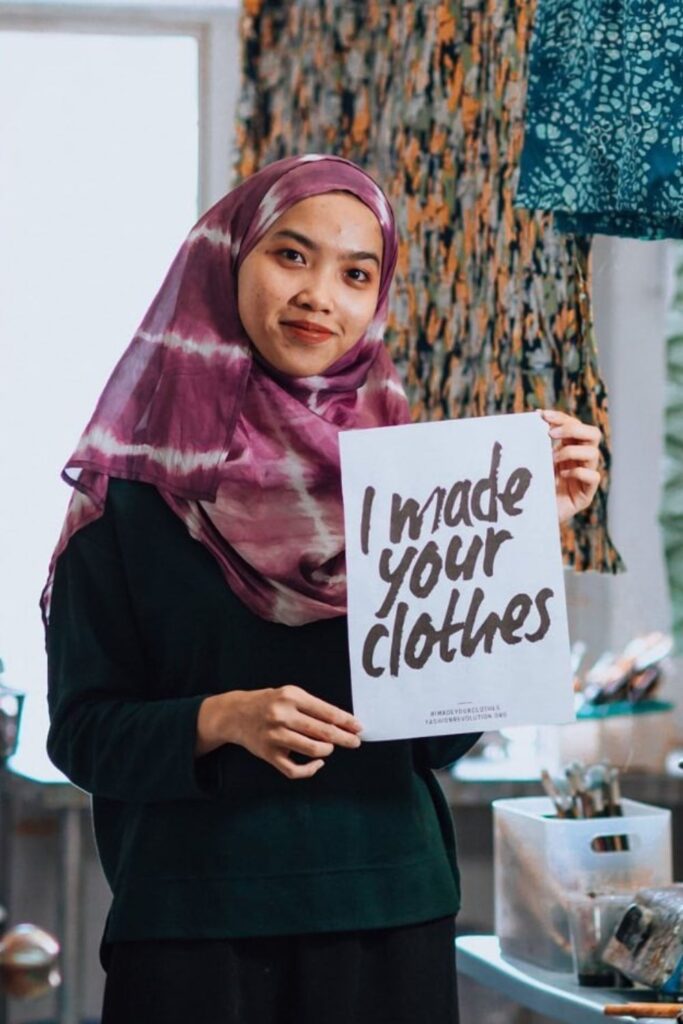
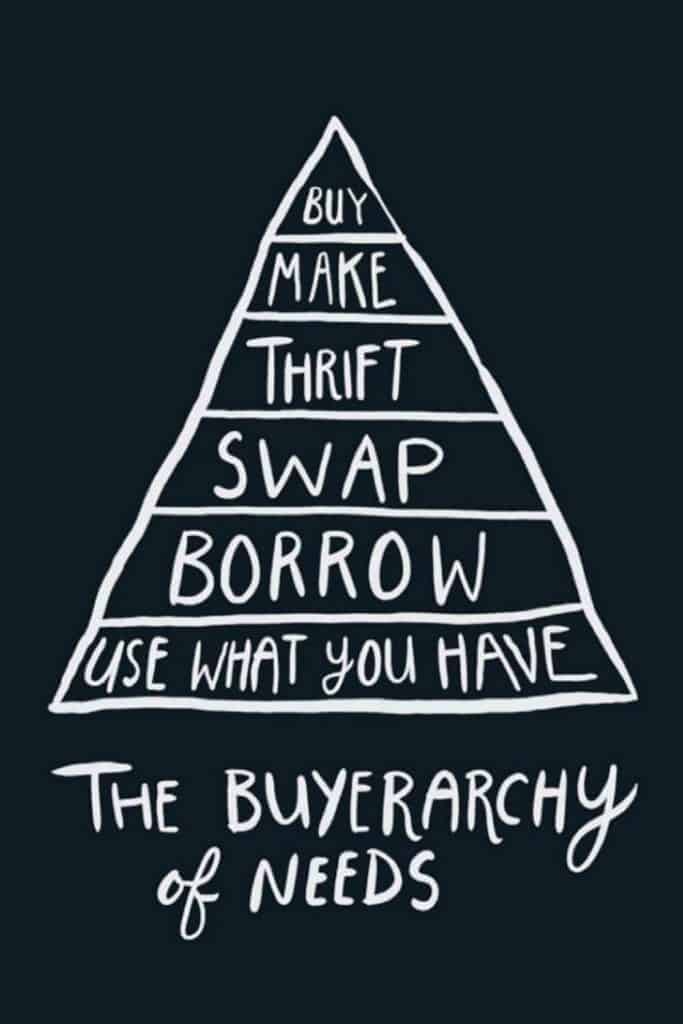
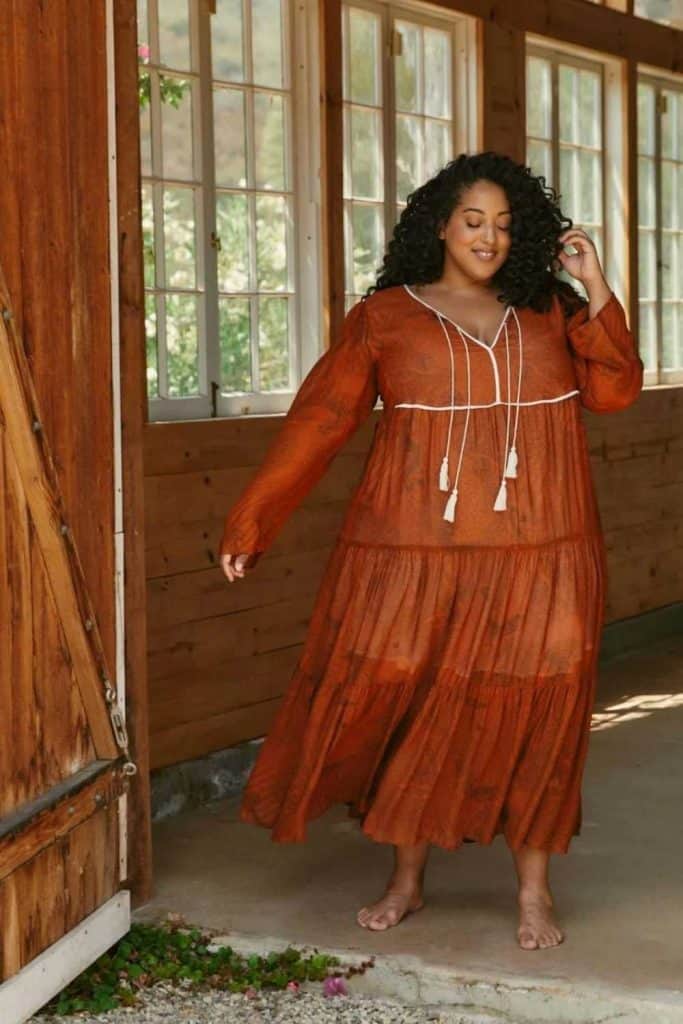
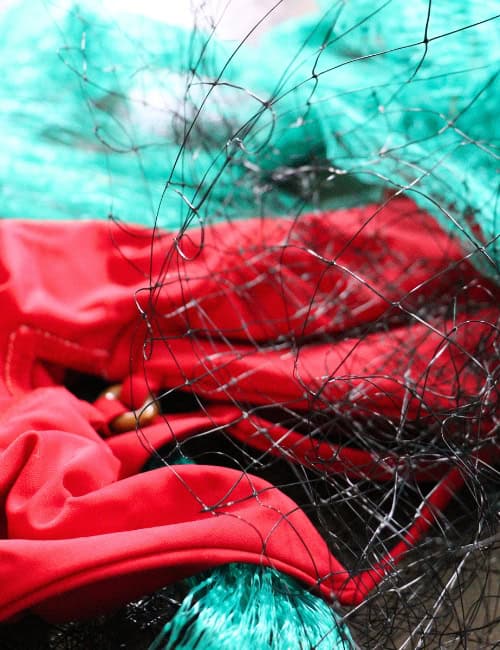


I loved your piece on slow fashion. So many things in there that should get us all thinking and changing our mindset. Some of the stats you included are truly concerning, but it’s encouraging to know we can choose better starting tomorrow.